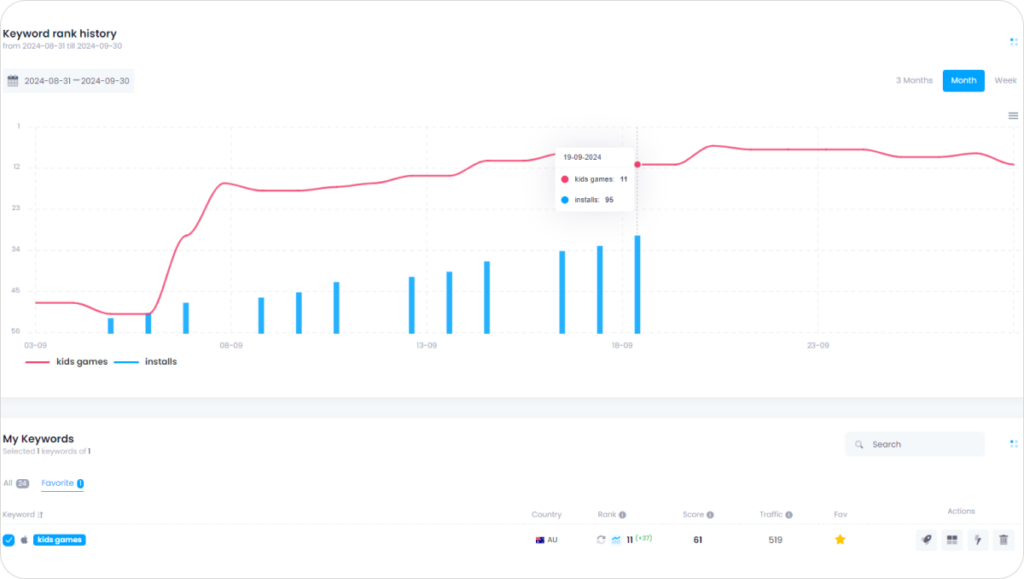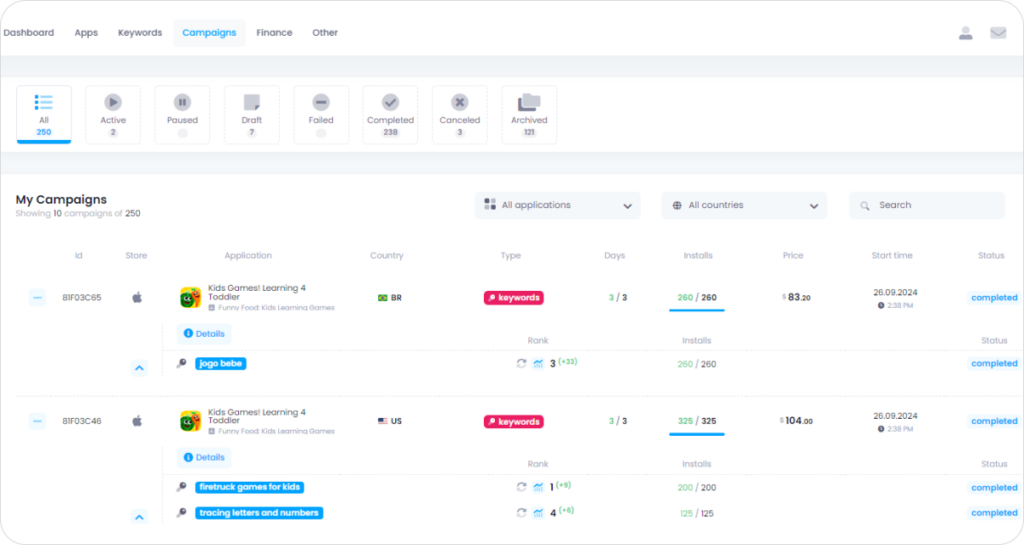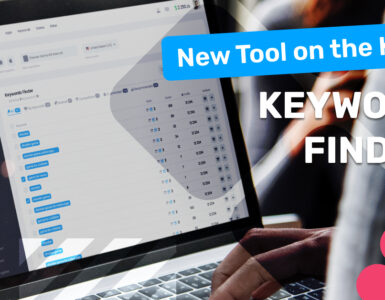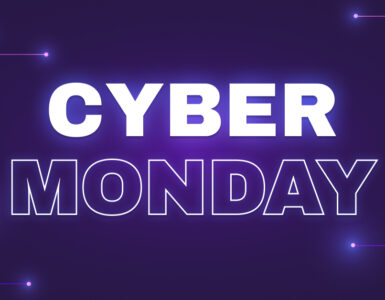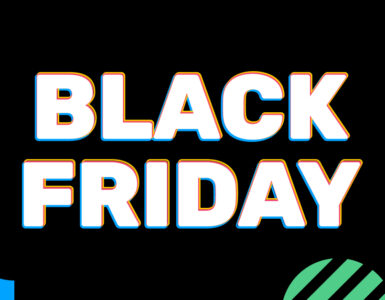According to a recent survey by Statista, half of app marketers in the Americas expected to raise their mobile ad spending in 2024. That percentage was even higher in the Asia-Pacific and EMEA (Europe, Middle East, and Africa) regions, where two-thirds of marketers planned to increase their mobile apps ad budgets this year.
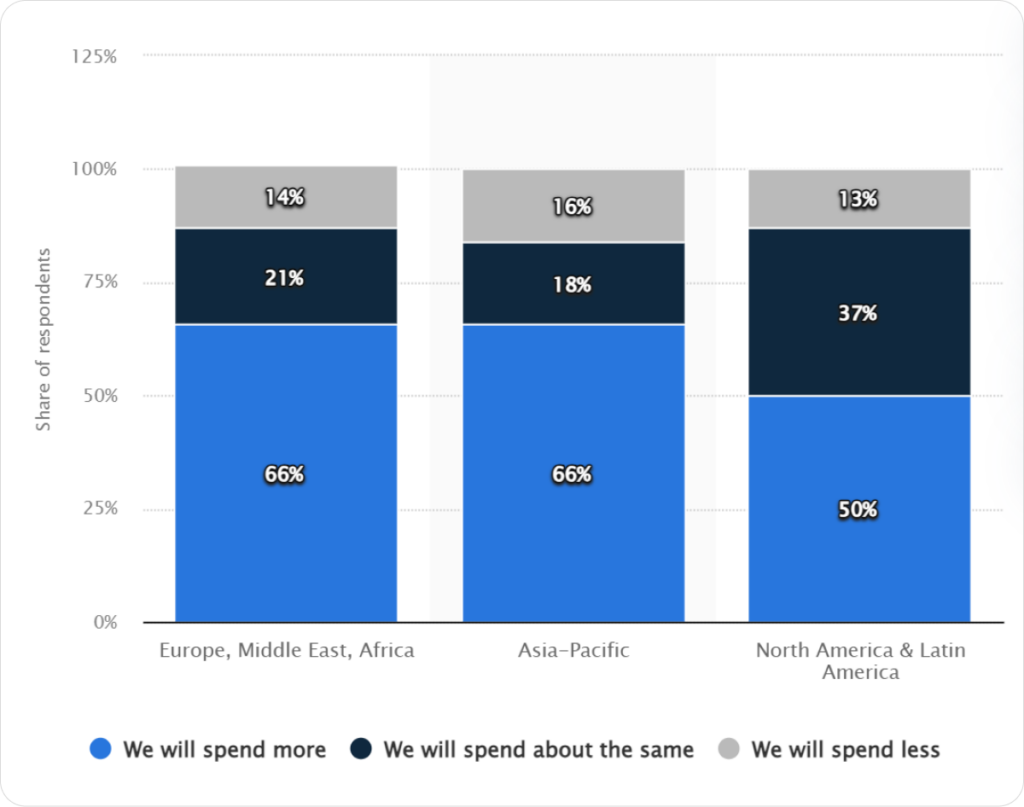
Nevertheless, promoting a new mobile app can take time and effort for those with a fixed budget and no room to increase it. This article offers a practical guide for those seeking to effectively promote a new mobile app with just $1000 in their pocket. Whether you’re an independent developer or a small business, the tactics outlined here will provide valuable insights and actionable steps to maximize your app’s success.
Next, we’ll explore the most effective strategies for promoting your app on a $1000 budget, including ASO optimization, organic marketing, paid advertising, and additional creative approaches, to help you promote your app effectively within your budget constraints.
ASO Optimization: The Foundation of App Visibility
Before diving into promotional tactics, let’s solidify the foundation – App Store Optimization (ASO). It’s the first and most crucial step in promoting your app as it directly influences your organic visibility within app stores. For a deeper dive into ASO best practices, check out our comprehensive guide on the blog.
However, let’s break down the essential elements of an effective ASO strategy and how to optimize them on a $1000 budget:
Keyword Research and Optimization. Identify relevant keywords that users might search for when looking for an app like yours. Services like Keyapp.top can be invaluable for this task. It offers free ASO tools like keyword suggestions, search traffic estimations, and rank history analysis, helping you identify the most relevant keywords to target within your budget.
App Title and Description Optimization. Craft a compelling app title that is concise, informative, and incorporates strategic keywords. Your app description should be clear, and engaging, and highlight the key features and benefits that make your app unique. With the rapid development of AI-powered chatbots, you can now freely ask them to generate all the text metadata for you. You may only need to manually correct a few things if necessary.
High-Quality Screenshots and App Icons. The visuals associated with your app listing are crucial for grabbing user attention. Invest in creating high-quality screenshots and an app icon that showcase your app’s functionality and user interface appealingly. Fortunately, affordable graphic design tools like Canva offer user-friendly templates and resources to create impactful visuals even on a limited budget.
User Reviews and Rating Management. Positive user reviews and ratings are powerful trust signals within the app store environment. Encourage satisfied users to leave reviews and address any negative feedback promptly and professionally. As a budget option, you can ask your friends and relatives to download your app and leave a review.
Organic Marketing: Leveraging Free and Low-Cost Channels
Organic marketing refers to promotional activities that don’t involve paid advertising. It relies on building relationships, creating valuable content, and using existing online channels to reach your target audience. With a limited budget of $1000, organic marketing can be a highly effective strategy and offers a cost-effective way to promote your app and build a loyal user base.
Here are some effective organic marketing channels to explore:
Social Media Marketing. Utilize popular social media platforms like Facebook, Instagram, Twitter, and TikTok to create and share engaging content related to your app. Registration in social networks is free. Artificial intelligence or your personal experience combined with creativity can help in creating content. We recommend that you combine both methods for the best results. Share informative posts, behind-the-scenes glimpses, and user testimonials to build a community around your app. Encourage user-generated content (UGC) and engage with your audience through comments and direct messages.
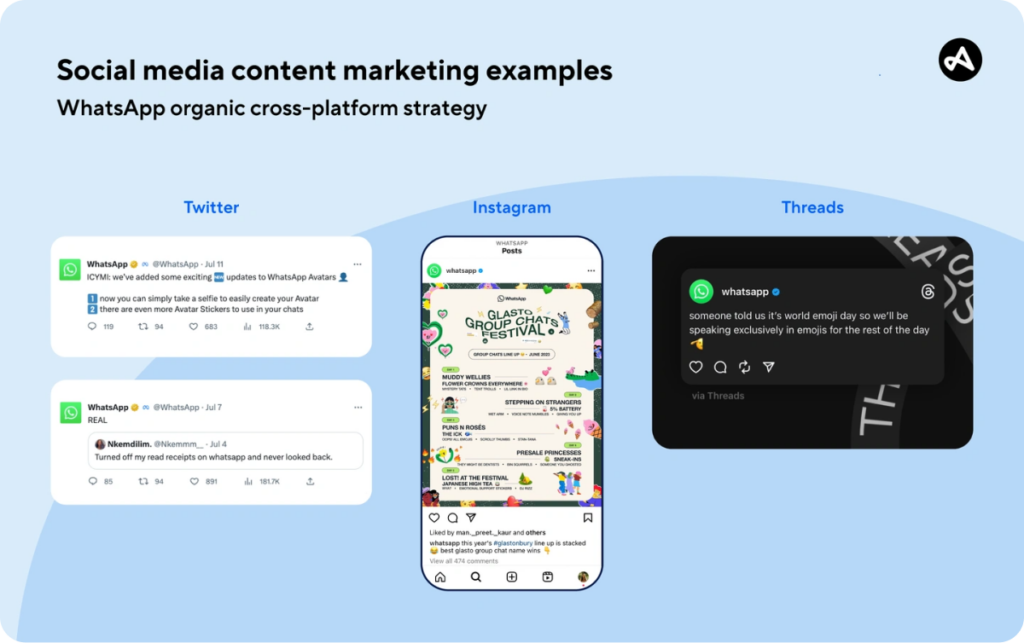
Influencer Marketing. Partnering with influencers in your niche can significantly boost your app’s visibility and credibility. Identify influencers who resonate with your target audience and collaborate on sponsored posts, reviews, or giveaways. While some influencers may charge fees, many micro-influencers or up-and-coming creators are open to collaborations for exposure and product samples.
Online Communities and Forums. Participate in online communities and forums related to your app’s category. Engage in discussions, answer questions, and offer valuable insights. Building relationships within these communities can help you generate word-of-mouth recommendations and attract organic users. Consider attending industry conferences or virtual events to network with other app developers and potential users. Subscribe to the newsletter for all interesting events and you will have the opportunity to get a ticket for free or at an early-bird price.
Press Releases and Media Outreach. Generate buzz around your app by crafting compelling press releases and reaching out to relevant media outlets. Highlight unique features, benefits, and any notable achievements. Target journalists, bloggers, and industry publications that cover your app’s niche. While media coverage may not be guaranteed, even a single positive article can significantly boost your app’s visibility. You only need to find the emails of the necessary publishers and write to them directly with a prepared press release from your side.
Paid Advertising: Targeted Reach and Budget Optimization
While organic marketing offers a foundation for app promotion, paid advertising can accelerate your growth and reach a wider audience. Paid advertising involves placing ads on various platforms to reach potential users. This can include targeted ads on social media, search engines, and other relevant online channels. With a limited budget of $1000, it’s essential to strategize your paid advertising efforts to maximize ROI (return on investment).
Let’s take a quick look at some popular paid advertising platforms:
Keyapp (Keyword Install Campaigns). Keyapp`s app ranking service can be especially interesting for achieving cost-effective results over a period of time. Keyword installs are app downloads that occur when a motivated user searches for a specific keyword or phrase in the app store, and then finds and installs the needed app. This type of promotion helps increase the app’s ranking in the search results for that keyword, as the app store algorithm recognizes it as becoming more popular for that specific search request. Check out our video on how to easily reach your first 1000 installs with Keyapp.
Meta (Facebook and Instagram). Target your ads based on demographics, interests, behaviors, and other relevant criteria. Utilize ad formats like video ads, carousel ads, and stories to showcase your app’s features and engage your audience. Experiment with A/B testing and adjust your bids to ensure you’re paying a competitive price for clicks and impressions.
Google Ads (App Campaigns). Google Ads offers contextual advertising, placing your ads on relevant websites and search results. Reach users actively searching for apps on Google Search and Google Play Store. Google’s app campaigns automatically optimize your ads across various platforms and formats, ensuring efficient budget allocation.
Final Words For Consideration
Promoting a new mobile app with a limited budget of $1000 requires a strategic approach. Remember, success in app promotion often hinges on creativity, persistence, and data-driven decision-making. Experiment with different strategies, analyze your results, and continuously refine your approach to optimize your app’s discoverability and growth.
Key Takeaways:
- ASO is the foundation. Prioritize ASO optimization to improve organic discoverability.
- Organic marketing matters. Utilize social media, influencer partnerships, and online communities to build an engaged audience.
- Paid advertising can be beneficial and effective. Strategically allocate your budget for targeted campaigns on platforms like Meta and Google Ads, or consider using Keyapp’s keyword installs campaigns for maximum impact.
- Data-driven decisions. Track key metrics, analyze performance data, and continually refine your ASO and marketing strategies.
- Be creative and persistent. Experiment with different approaches, leverage your unique selling points and don’t be afraid to try new tactics.
Through a blend of strategies discussed in this article, you can efficiently promote your new mobile app within your $1000 budget and accomplish your intended goals. The journey to app store success is a marathon, not a sprint. Stay focused, experiment, and continually optimize your efforts to maximize your app’s visibility and drive sustainable growth.


